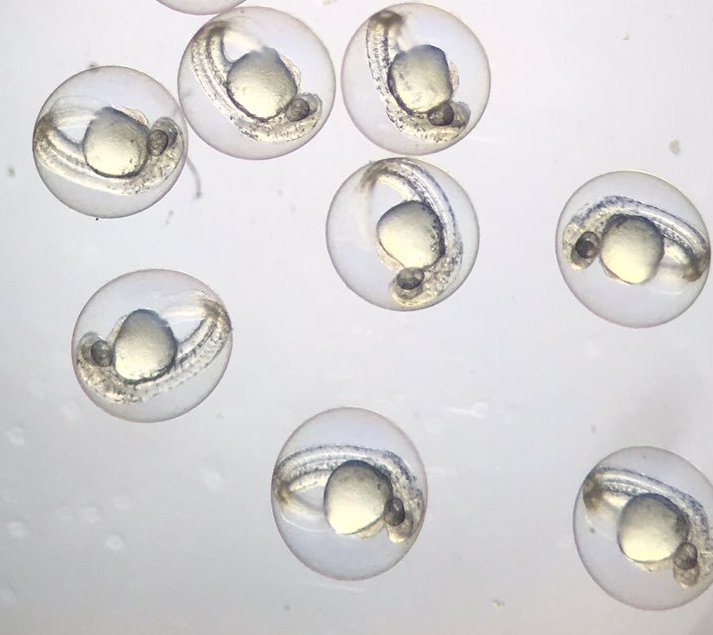10.1: Number Talk: Division
Find the value of each expression mentally.
$(4.2+3)\div2$
$(4.2+2.6+4)\div3$
$(4.2+2.6+4+3.6)\div4$
$(4.2+2.6+4+3.6+3.6)\div5$
Let’s simulate some real-life scenarios.
Find the value of each expression mentally.
$(4.2+3)\div2$
$(4.2+2.6+4)\div3$
$(4.2+2.6+4+3.6)\div4$
$(4.2+2.6+4+3.6+3.6)\div5$
A scientist is studying the genes that determine the color of a mouse’s fur. When two mice with brown fur breed, there is a 25% chance that their offspring will have white fur. For the experiment to continue, the scientist needs at least 2 out of 5 of the offspring to have white fur.
To simulate this situation, you can flip two coins at the same time for each offspring. If you don't have coins, you can use this applet.
Have each person in the group simulate a litter of 5 offspring and record their results. Next, determine whether at least 2 of the offspring have white fur.
| offspring 1 | offspring 2 | offspring 3 | offspring 4 | offspring 5 | Do at least 2 have white fur? | |
|---|---|---|---|---|---|---|
| person 1’s simulation | ||||||
| person 2’s simulation | ||||||
| person 3’s simulation |
For a certain pair of mice, the genetics show that each offspring has a probability of $\frac{1}{16}$ that they will be albino. Describe a simulation you could use that would estimate the probability that at least 2 of the 5 offspring are albino.
Your teacher will give your group a paper describing a situation.
Many real-world situations are difficult to repeat enough times to get an estimate for a probability. If we can find probabilities for parts of the situation, we may be able to simulate the situation using a process that is easier to repeat.
For example, if we know that each egg of a fish in a science experiment has a 13% chance of having a mutation, how many eggs do we need to collect to make sure we have 10 mutated eggs? If getting these eggs is difficult or expensive, it might be helpful to have an idea about how many eggs we need before trying to collect them.

We could simulate this situation by having a computer select random numbers between 1 and 100. If the number is between 1 and 13, it counts as a mutated egg. Any other number would represent a normal egg. This matches the 13% chance of each fish egg having a mutation.
We could continue asking the computer for random numbers until we get 10 numbers that are between 1 and 13. How many times we asked the computer for a random number would give us an estimate of the number of fish eggs we would need to collect.
To improve the estimate, this entire process should be repeated many times. Because computers can perform simulations quickly, we could simulate the situation 1,000 times or more.